Vegan fashion: What they don’t want you to see
Behind the scenes at Zette Shoes
At around the age of 6, my mum caught me stealing peanuts.
Not exactly the crime confession of the century, I know.
Nevertheless, she frog marched me to the checkout so I could apologise for my supermarket thievery.
As we exited, my mum said I was lucky I didn’t have to steal food. Unlike some kids in the world that actually did.
The war on the poor
I grew up in the 1990s where people would shake their heads at images of starving children in Ethiopia.
They were a staple on the TV.
Yet sadly, not in our everyday consciousness.
And just like when I stole the peanuts, I never understood the part money played.
Then, in 2013, Rana Plaza collapsed.
Leaving 1,129 people dead, and injuring over 2,500.
This was what they didn’t want us to see.
We could turn off the news.
But this tragedy had made its way into our wardrobes.
The Rana Plaza happened to be the same manufacturing facility that housed major high street fashion brands.
Where you could get everything from pyjamas to ponchos.
I LOVED a bargain.
At least I thought it was love.
I was one of hundreds of infatuated people who on any given weekend would descend on the high street and fill my plastic netted basket with stuff I didn’t need.
Yet the thrill of getting another black hoodie that cost less than my lunch, was often too much to ignore.
It was almost like I knew I was doing something wrong.
Something a bit cheeky and “on the Q T”
So in 2014, when workers were quite literally sewing cries of help in the garments, I was horrified.
It garnered international media attention.
Once again the true cost of fast fashion was exposed.
This wasn’t just a cheeky bargain I could giggle about with my mates.
I began to find it impossible to feel confident wearing someone else’s pain.
Fortunately, though, this need for transparency in the fashion world has gained momentum.
With the birth of movements like the Fashion Revolution, who urge consumers to hold fashion brands accountable by asking them #whomademyclothes
And the plea for global transparency didn’t stop there.
In 2016, Google reported a 90% increase in people searching for ‘Vegan’.
With everyone from Serena Williams to Dr. Dre swapping steak for shitakes.
Then in March this year, Netflix documentary ‘What The Health’ uncovered how our dietary choices are a major contributing factor to our health and wellbeing.
And so the ‘Vegan’ conversation further moved further into the consciousness of mainstream consumers.
With people becoming more aware of how their purchasing decisions affect people, animals and the environment.
What makes fashion vegan?
Yet, with its rise in popularity, the term ‘Vegan’ has often been misrepresented in the world of fashion.
And seen as a buzz word to label for non-animal leather products.
When in reality, they should be labelled as synthetic.
Because these shoes are often far from ethical and vegan.
Vegan fashion is everything
For fashion resellers like Vegan Style, it’s not enough to stock non-animal leather shoes.
Quite often, synthetic shoes are still held together with animal based glues, and created in the same dangerous environments that the Rana Plaza garment workers had to endure.
The vision of the vegan fashion industry is to promote style that doesn’t exploit animals, people and our planet.
We can’t forget people in this equation.
Especially in light of the progress to remove the opaqued lens through which we often wear when we encounter in the fashion industry.
Because to do so, goes against the very belief system that stands to show compassion to all beings.
So what don’t "they" want you to see?
Workers like this lady here, creating ethically produced shoes.

These people have rights.
Nobody is forcing them to be there.
And that energy transfers to create high quality shoes that last.
She’s making shoes in the very same factory in Spain that creates Vegan Style’s in-house collection, Zette Shoes.
Since its launch in 2014, Zette Shoes have been created with love and care under EU working regulations in Spain and Italy.

All in all, when it comes to fashion if it looks too good to be true, that’s because it is.
Because someone, somewhere is picking up the cost for you.
So the next time you think ‘vegan fashion’, pick the option that’s kindest to everyone.
The views expressed here are of the author, Kelly Myers.

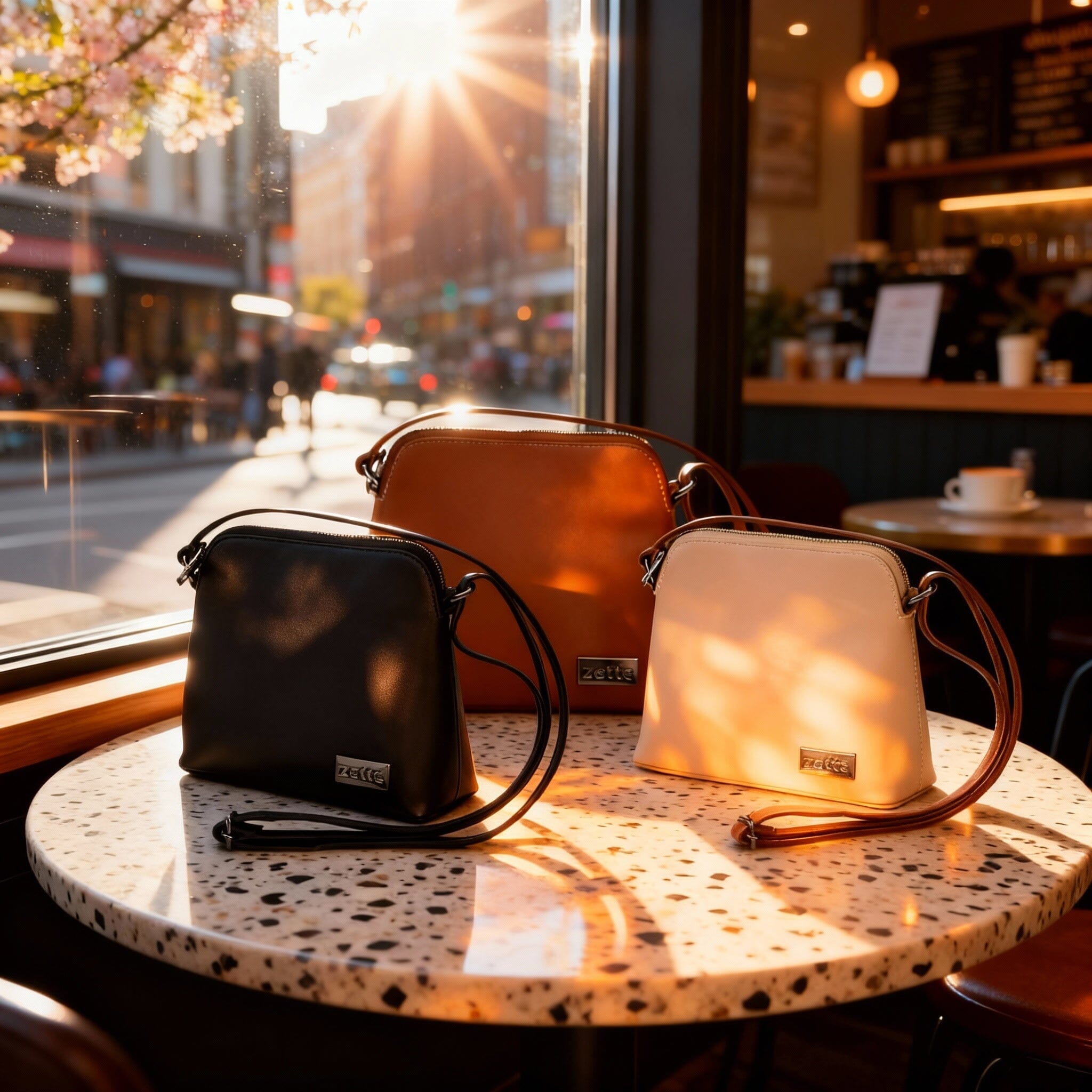
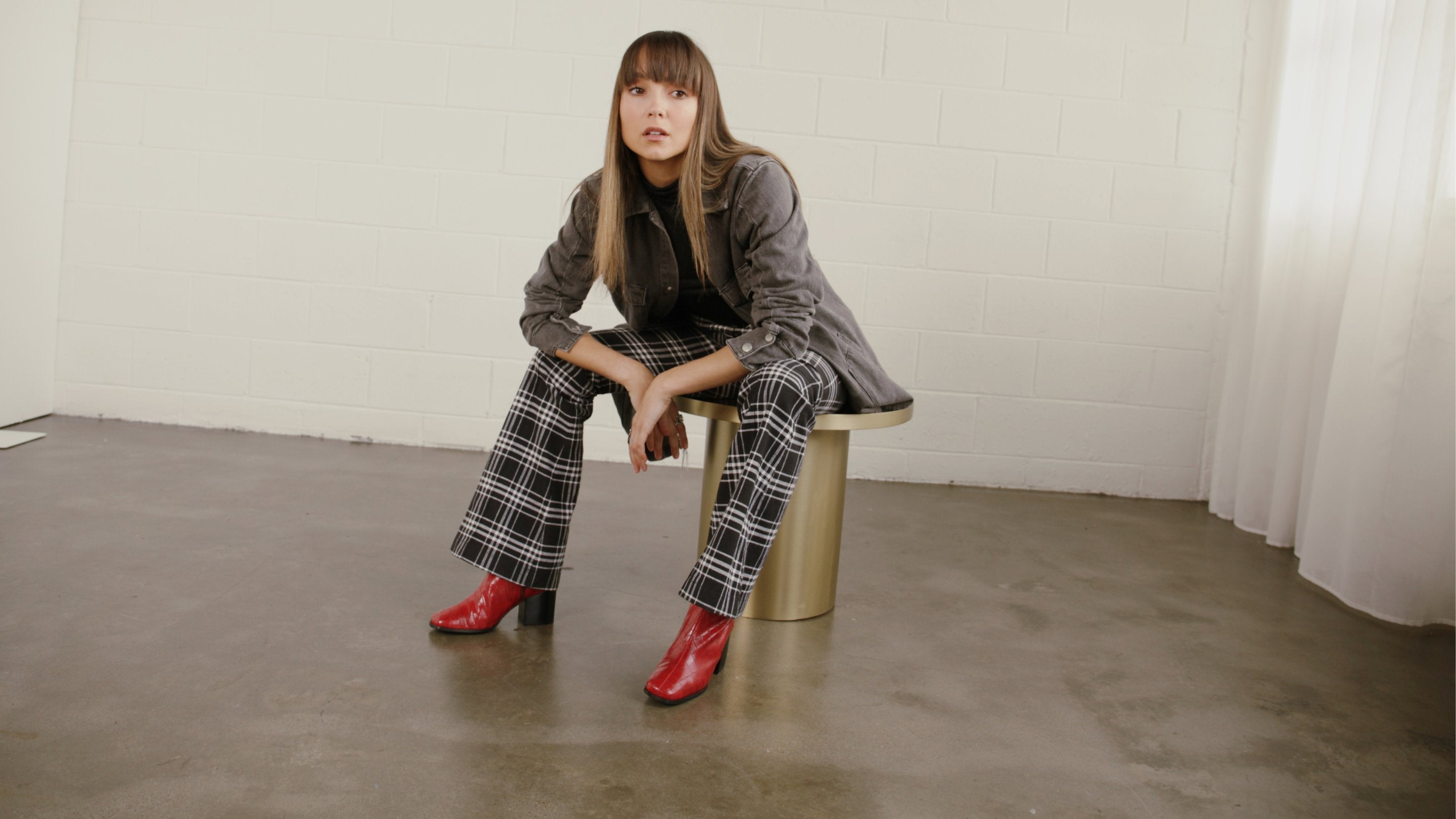

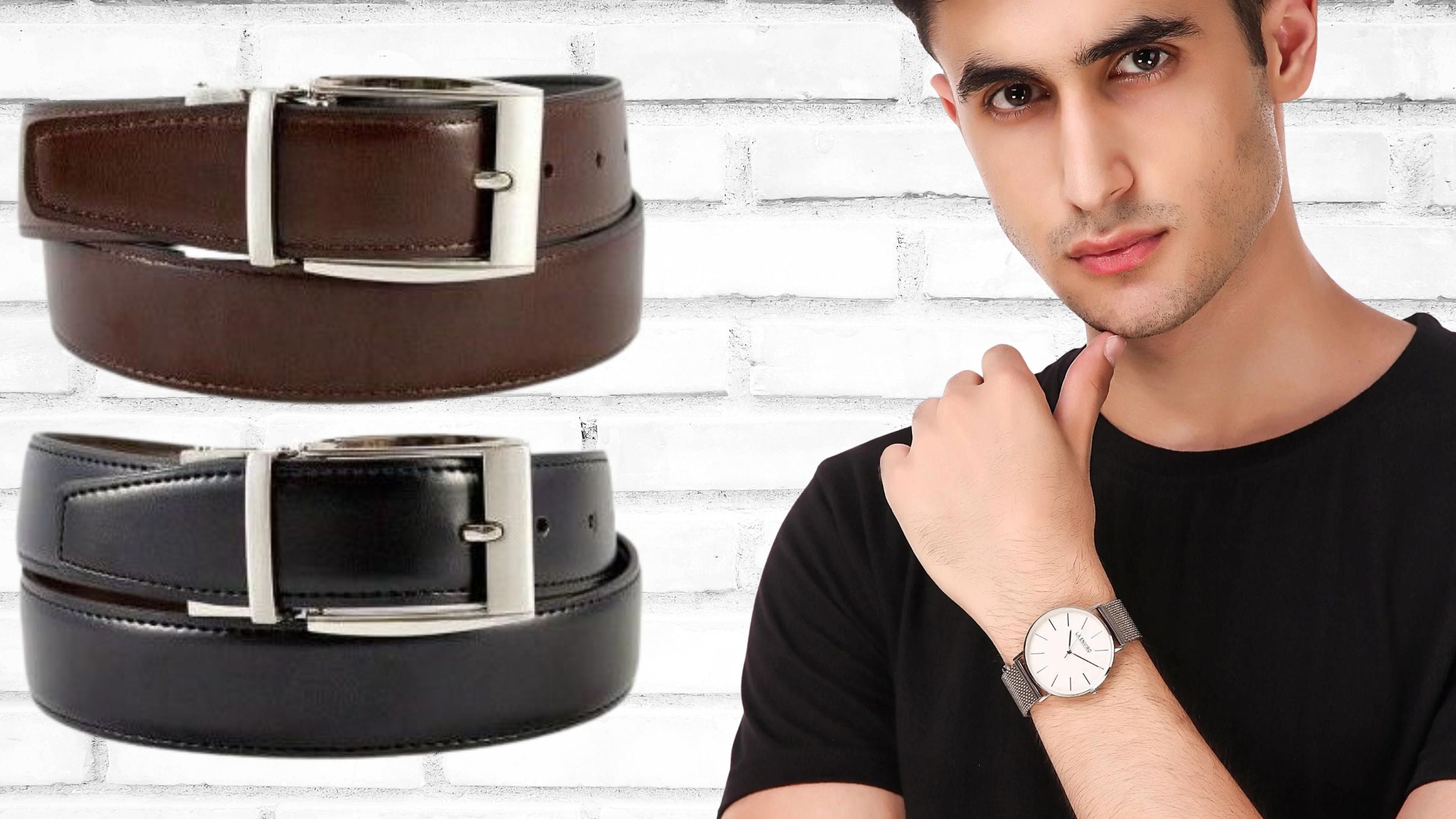
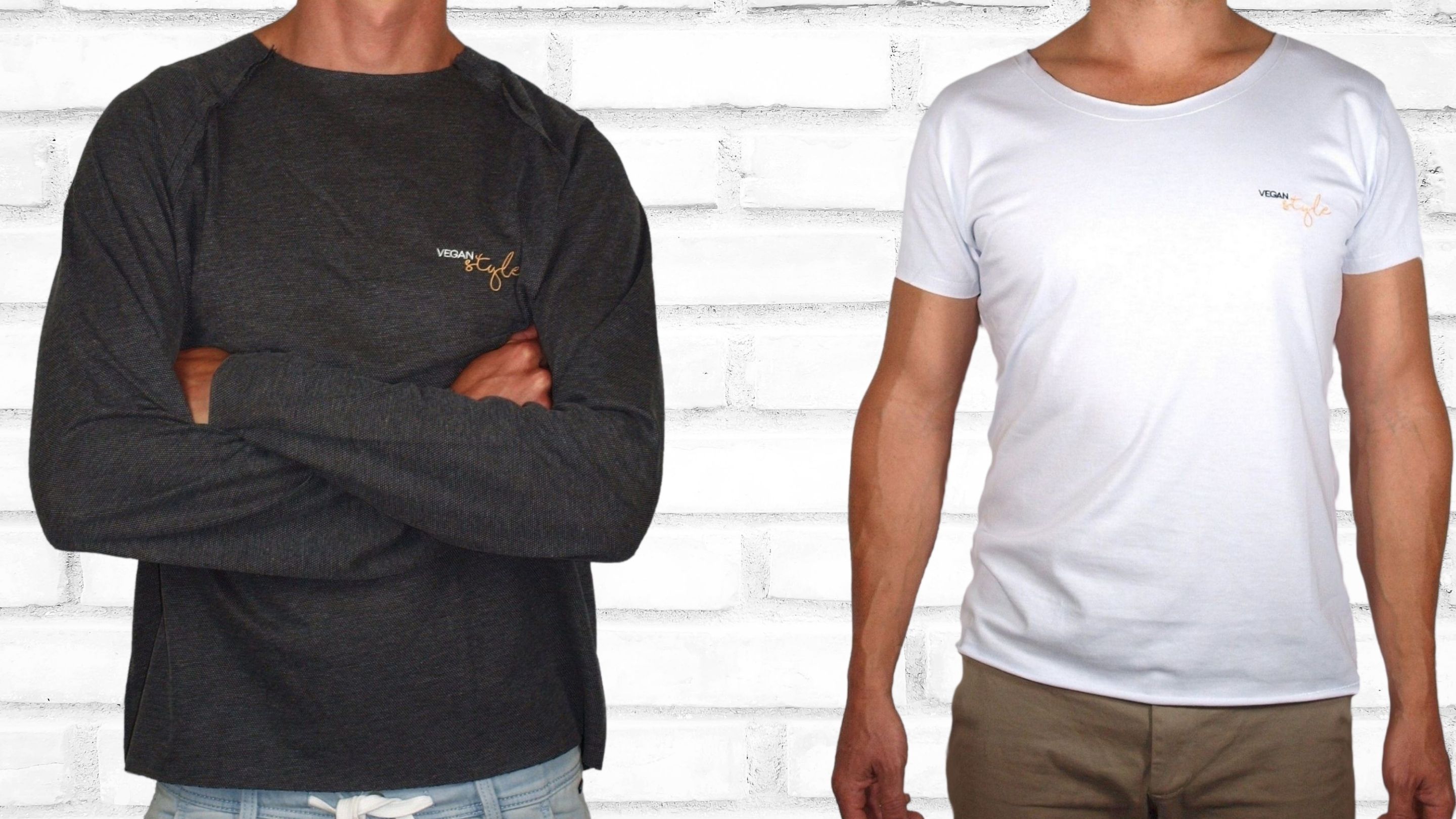
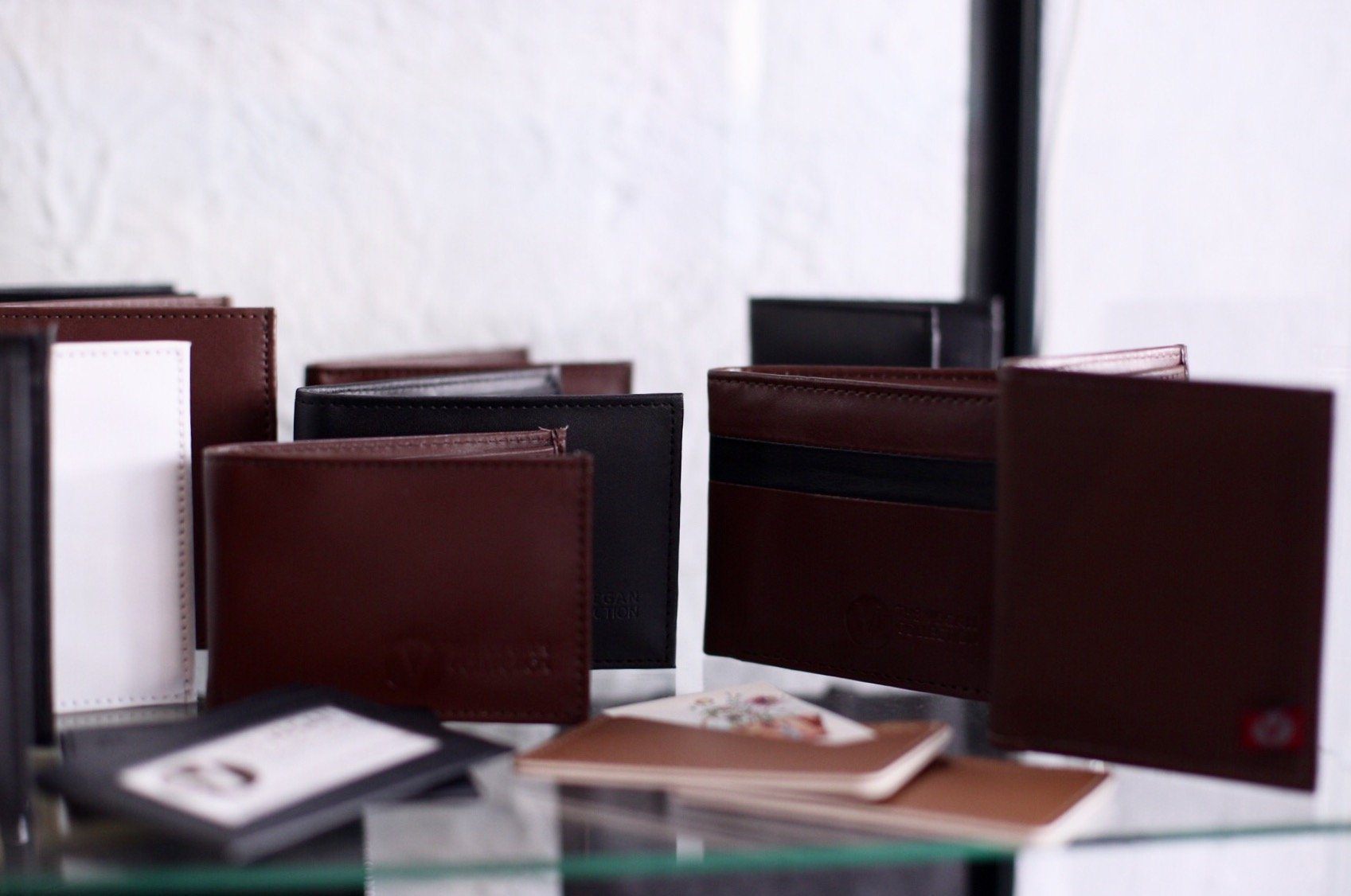
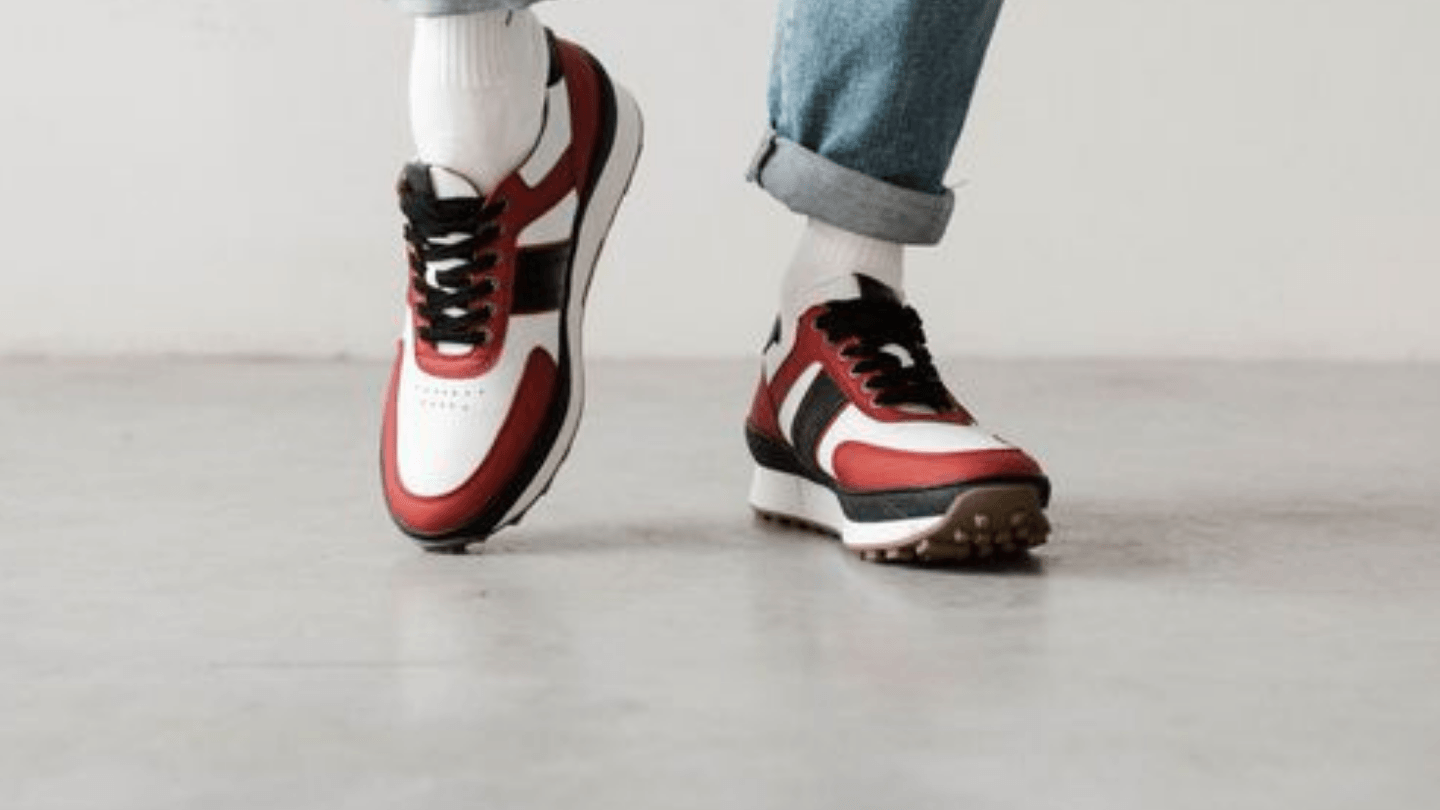
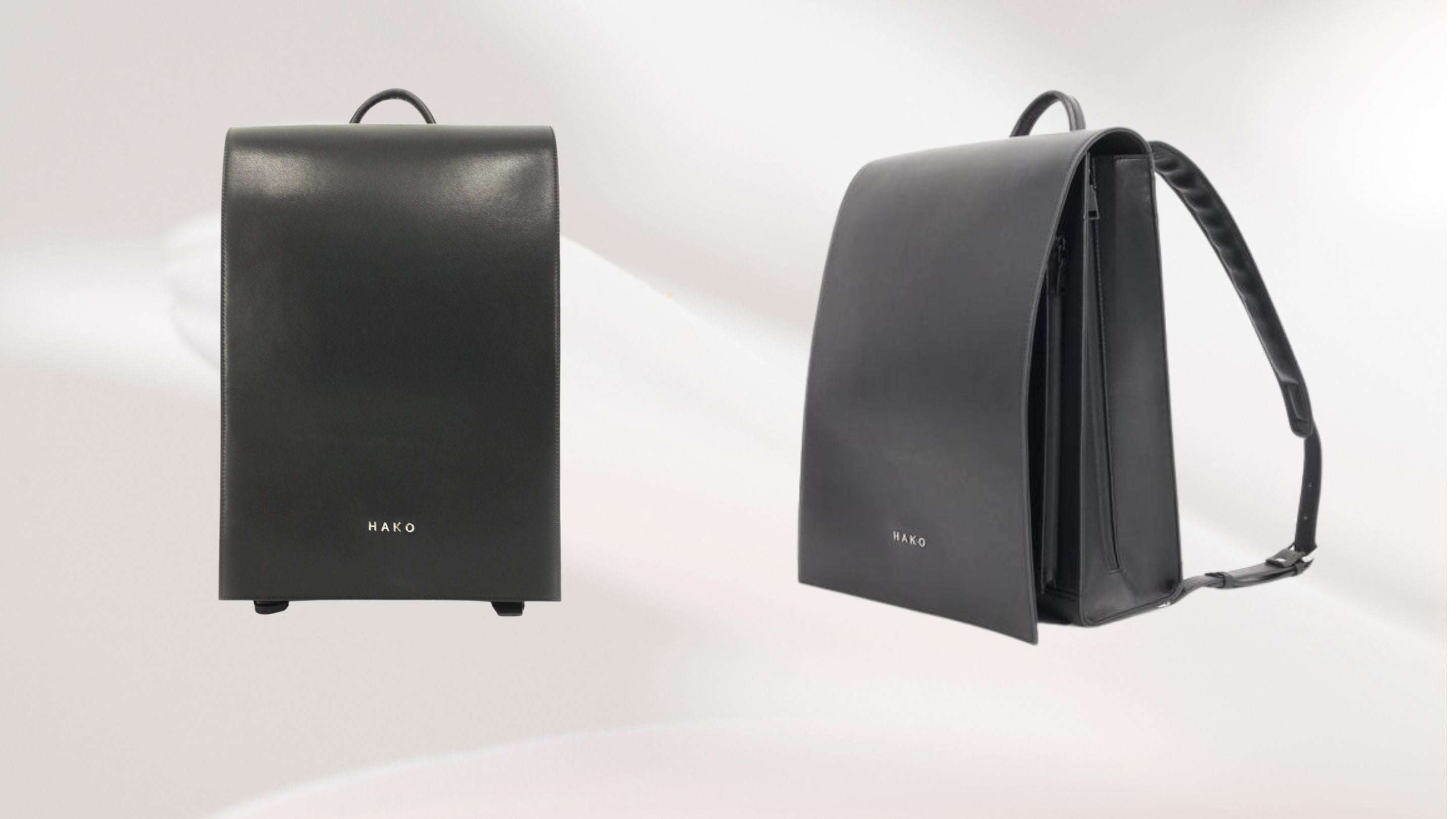
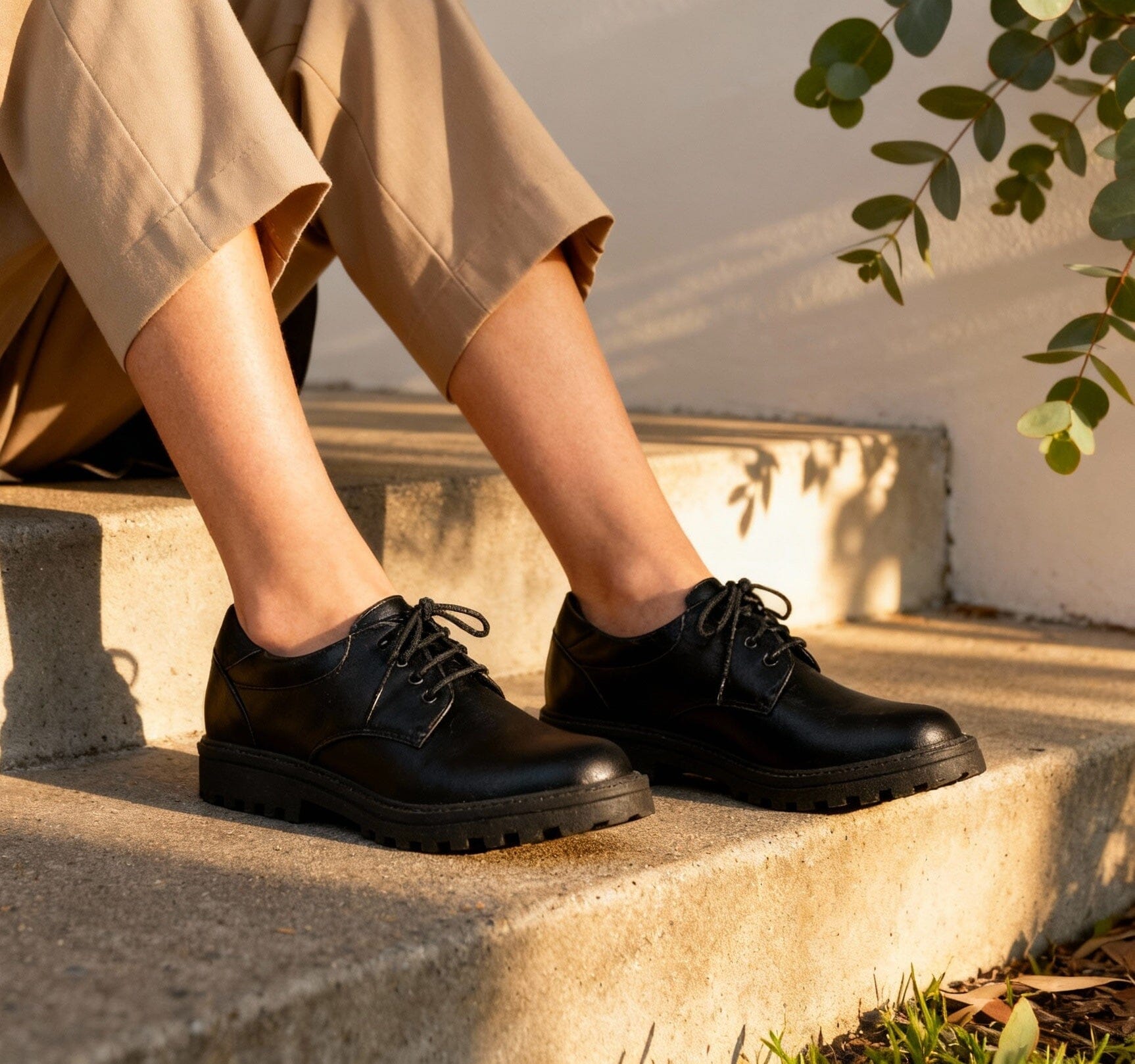




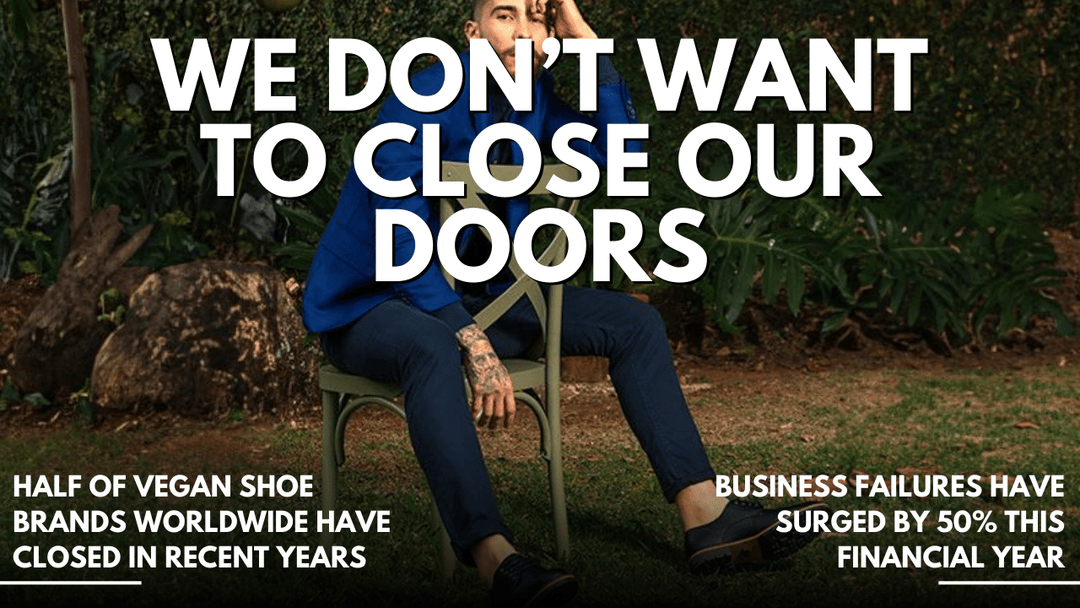

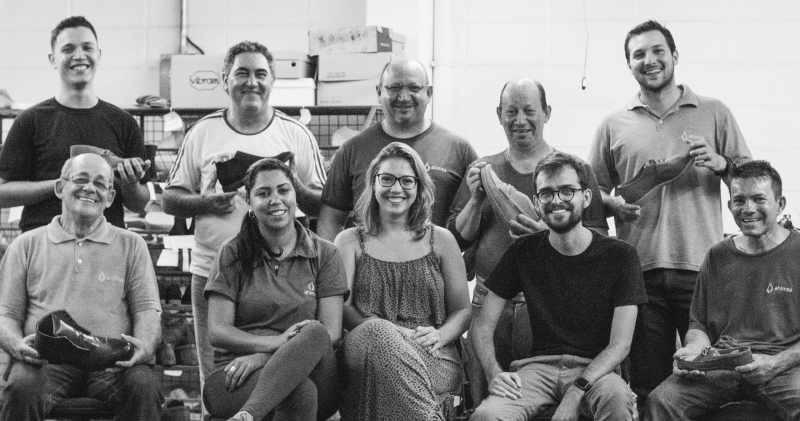

Leave a comment